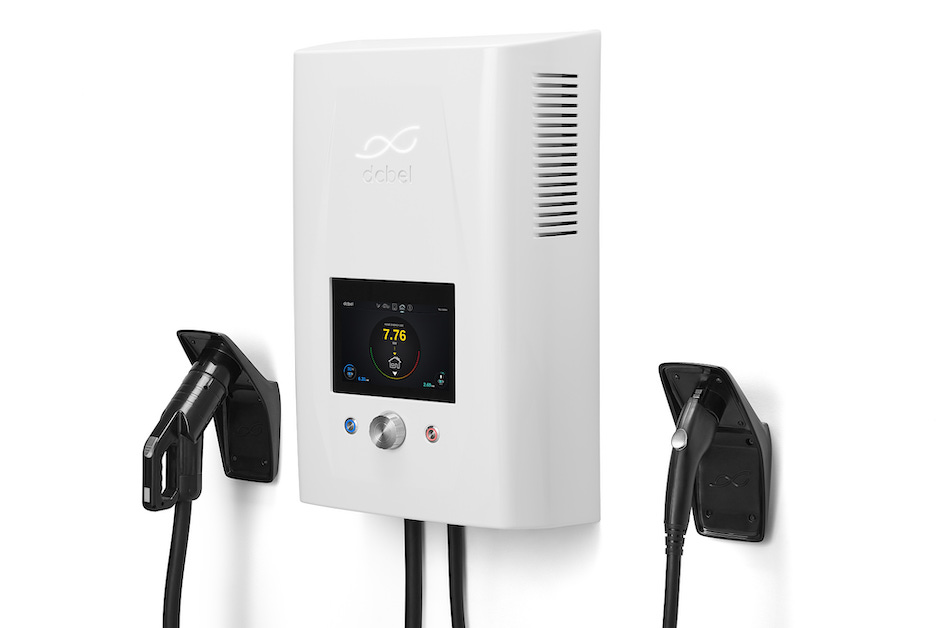dcbel to bring all-in-one Home Energy Station to Europe
Smart energy tech start-up dcbel has announced plans to launch its all-in-one Home Energy Station in Europe, following its US launch in April 2021.

Its flagship product, the dcbel r16 is described as a ‘world-first’ solution that combines several breakthrough technologies into one device.
Allowing consumers to use their EV’s storage capacity to maximise revenues from photovoltaic (PV) consumption, the system directly connects with solar panels, then utilises an AI algorithm to calculate their expected solar generation based on micro-weather forecasts and the expected power demand from the EV and smart home.
Laurent Schmitt, head of utilities and European developments at dcbel explained that the ‘breakthrough’ technologies include the power electronics inverter architecture, which is multi-level, voltage source and grid-forming, allowing full controllability of bidirectional power flow to provide an industry-first ‘Vehicle to Grid’ EV charging concept.
“The patented multilevel architecture allows to significantly reduce the price point of power electronics components used, as well as improve the efficiency and power quality of the conversion from PV to EV milage — typically capturing ten per cent more from a local PV installation than what current V1G AC chargers do when connecting with standard PV inverters,” Schmitt said.
Register now to continue reading
Thanks for visiting The Engineer. You’ve now reached your monthly limit of news stories. Register for free to unlock unlimited access to all of our news coverage, as well as premium content including opinion, in-depth features and special reports.
Benefits of registering
-
In-depth insights and coverage of key emerging trends
-
Unrestricted access to special reports throughout the year
-
Daily technology news delivered straight to your inbox










Breaking the 15MW Barrier with Next-Gen Wind Turbines
Hi Martin, I don´t have any detailed parameters for the 15MW design other than my reading of the comment in the report ´aerodynamic loads at blade-tip...